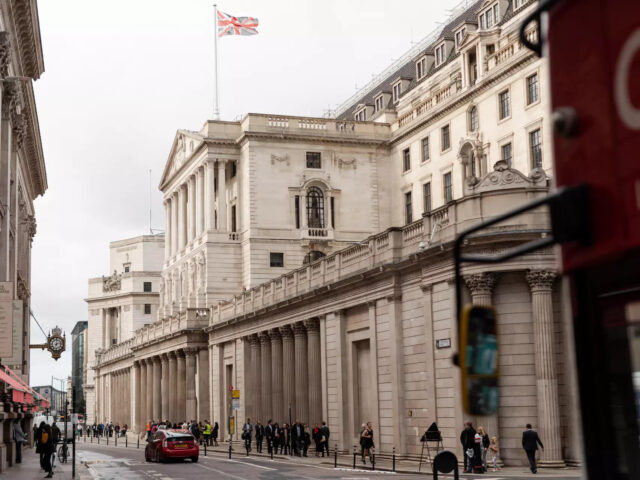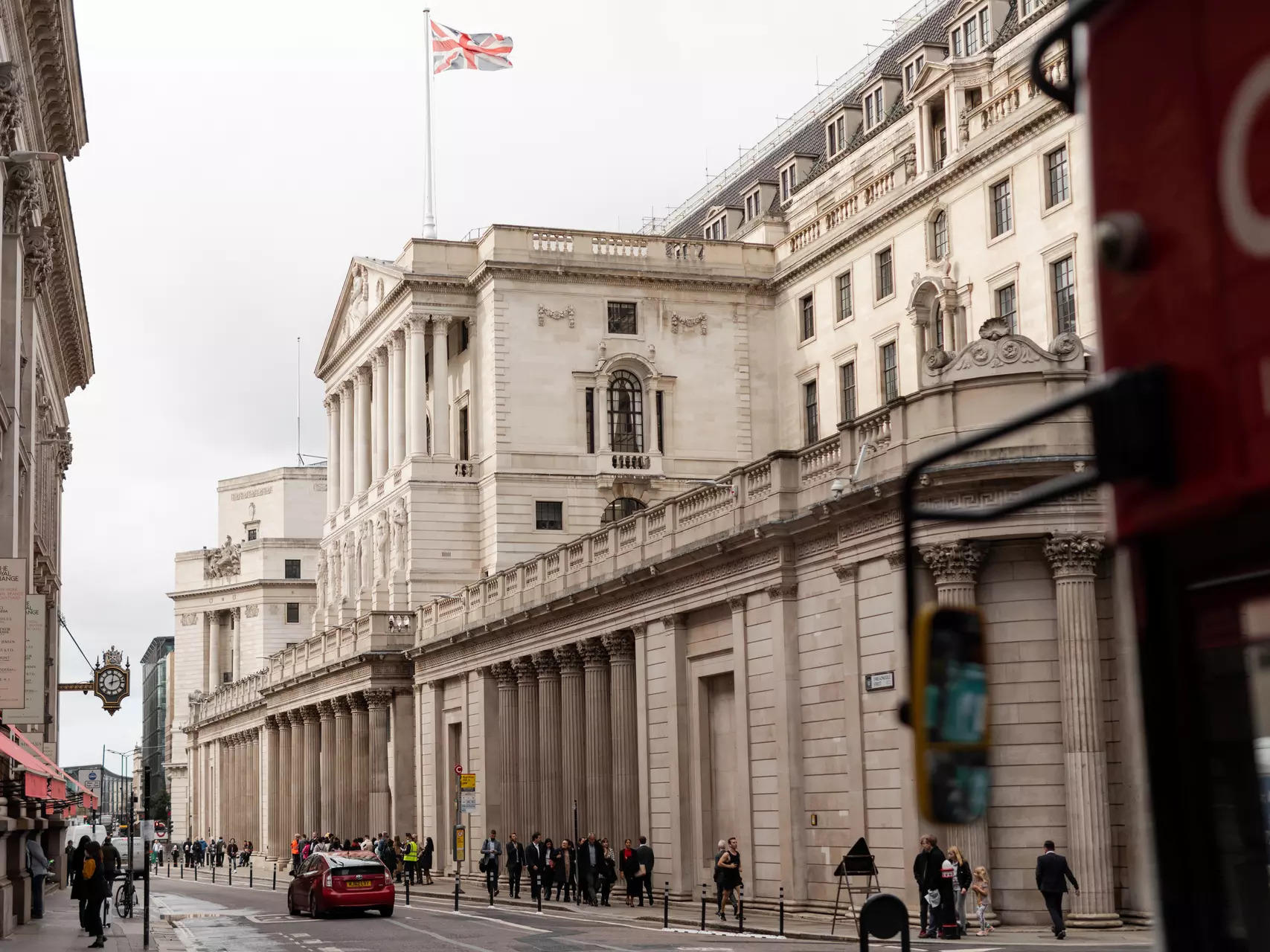
Public sector net debt, excluding state-controlled banks, rose to 2.742 trillion pounds ($3.47 trillion) or 99.8% of gross domestic product in May, up from 96.1% a year earlier, the Office for National Statistics said.
The increase came despite slightly lower than expected government borrowing in May, which came in at 15.0 billion pounds, just below economists median forecast of 15.7 billion pounds in a Reuters poll.
Borrowing in the first two months of the financial year totalled 33.5 billion pounds, 0.4 billion more than during the same period in 2023.
Britain looks headed for a change of government following the election next month, as Keir Starmer’s Labour Party is far ahead of Prime Minister Rishi Sunak’s Conservatives in the polls.
Public debt soared in Britain during the COVID-19 pandemic, and the public finances have also been hit by slow growth and a rise in Bank of England interest rates to a 16-year high. Labour and the Conservatives intend to stick with existing budget rules which require official forecasts to predict that debt as a share of GDP will fall between the fourth and fifth years of the forecast. Labour has said it will aim to run a balanced budget for day-to-day spending, but will borrow for longer-term investment. The Conservatives aim to keep the overall deficit no higher than 3% of GDP.
Both Labour and the Conservatives have pledged not to raise the rate of income tax, value-added tax or other major levies, but government budget forecasts in March showed tax as a share of GDP was on track to reach its highest since 1948. ($1 = 0.7897 pounds) (Reporting by David Milliken and Suban Abdulla; editing by Sarah Young)







































